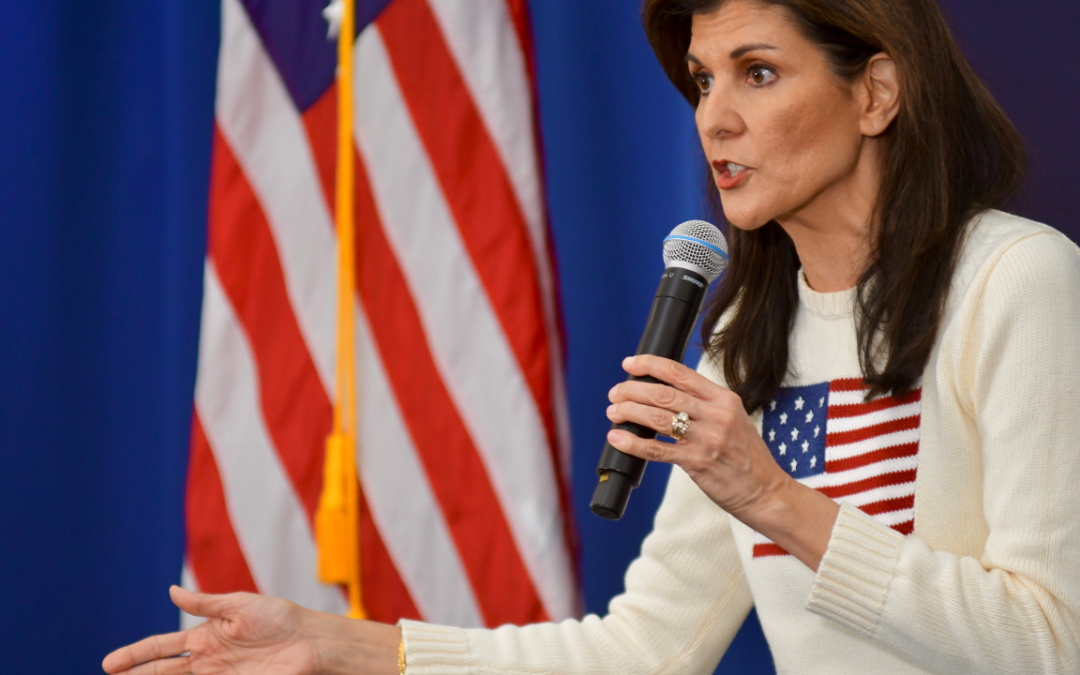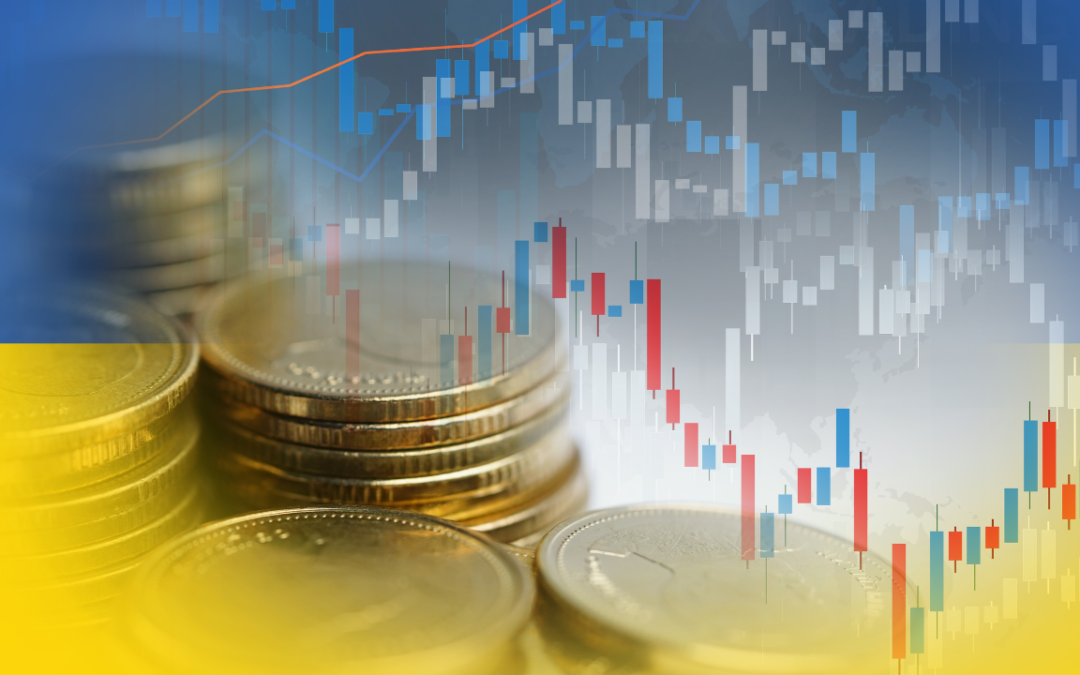The first weeks of 2022 have not been kind to investors. As is often the case when markets experience a setback, popular and crowded positions suffer most. Tech darlings without earnings, lockdown winners, and cryptocurrencies that led the way up in recent years are now taking the biggest hits. Many are down over 50% from their recent peaks.
Naturally, investors are looking for answers to important questions. What is behind the market sell-off? Is this a buying opportunity, or is it best to cut risk exposures? Is the correction healthy, or does it herald something worse?
We will be frank—we aren’t sure. Nor can we offer investment advice. Nevertheless, there are useful signposts, markers that can inform about what’s going on.
First, some recent market setbacks may be healthy. Falling share prices for stocks that benefitted from lockdowns and self-imposed pandemic isolation are probably a good sign. The pandemic is morphing into an epidemic. For the vaccinated and the young, omicron is not a significant mortal threat. Disagreements among families and friends, at school boards and in the workplace, may be contentious, but that is also our messy way of recognizing that we must begin to live more normally with an epidemic, rather than perennially withdrawing for fear of a pandemic.
Second, the price action of Bitcoin and other cryptocurrencies is a healthy reminder of, well, just how unhealthy crypto assets are as a speculative asset. Devoid of cash flow, unable to fulfill the basic utility of money, cryptocurrencies are impossible to value. They are only worth what the next person will pay for them. Their tendency to rise and fall with stock markets—and with even greater volatility—renders them portfolio ‘worsifiers’. The history of cryptocurrencies is yet to be written and it may one day include redeemable chapters, but their latest sharp price declines are a reminder that, for now, cryptocurrencies are speculative playthings, not serious assets nor worthy currencies.
Third, market weakness has been triggered by signs that central banks will withdraw their very easy monetary policies this year. Rate hikes have already started in the UK and several smaller economies. The Federal Reserve and the ECB have announced tapering of their asset purchases, and the Fed is sending clear signs that rate hikes and balance sheet reduction will soon follow. Reasonable observers can debate whether easy monetary policies inflated asset prices—we think surging corporate profits were at least as important to the powerful stock market gains from their 2020 lows—but the uncertainty that accompanies policy change ought to reduce stock and bond market valuations.
Fourth, investors may finally be realizing that profits growth has peaked and is slowing. Share prices of companies whose margins are coming under pressure from rising wages are tumbling, notably a number of prominent Wall Street banks. It is inevitable that other companies in a range of sectors will suffer a similar fate before long.
Finally, investors are right to be take note of political and geopolitical concerns. Domestic politics have ended prospects for additional fiscal stimulus in the US and the UK. Fears of war in the Ukraine or sabotage of oil facilities in the Middle East have pushed up crude oil prices to eight-year highs. Higher energy prices alongside soaring food and other prices are eroding consumer purchasing power, which ought to raise questions about the durability of private sector demand as monetary and fiscal stimulus are withdrawn. Put another way, while newspapers write about rising wages signaling that power has shifted to the worker, it is important to note that such rising wages are being more than offset by inflation. This is the pernicious and circular nature of accelerating inflation – no one wins.
So, to return to the questions posed earlier, 2022 market volatility and setbacks are warranted. They fit the facts.
But the most important questions remain unanswered:
Will open warfare break out between Russia and the Ukraine? If it does, will conflict and sanctions create sufficient uncertainty and disruptions, for example to global energy supplies, to recreate 1970s style stagflation?
Or, assuming global conflict can be avoided, has inflation already become so entrenched in the West that monetary policy must now wrench it out of the system via even more aggressive tightening than is presently discounted in financial markets, leading to much slower growth, perhaps a recession, and almost certainly falling corporate profits?
Alternatively, might central banks—who erroneously underplayed inflation risk just six months ago—now be prone to the opposite mistake, needlessly tightening just as supply restraints ease and as inflation recedes to more manageable levels?
Turning to these most important questions, we don’t have the expertise to judge the probabilities of war this year between Russia and the Ukraine. But akin to China’s policies toward Hong Kong, Taiwan, or Tibet, we don’t doubt that, under Putin, Russia aims for eventual full annexation. That is the only reasonable inference to draw from Putin’s statement that the greatest geopolitical catastrophe of the 20th century was the demise of the Soviet Union, the restoration of which serves as the leitmotiv of his leadership. It is difficult to see an alternative to a Russian invasion of the Ukraine at some point, though it is also doubtful that the US and NATO would directly confront Russia militarily. A great-powers war is more likely to be played out asymmetrically, in cyber and through proxy state conflict, rather than head to head.
On the other hand, we doubt that inflation has become so entrenched that it will take aggressive tightening and recession to restore the status quo ante. There is little evidence in either market measures or household surveys to believe that inflation expectations have become unanchored. For that reason and others, we are concerned that central bankers have recently become overconfident that aggressive tightening is required to cool inflation and that the economy is robust enough to withstand it as well as the withdrawal of fiscal support. The risk of macroeconomic policy error has grown sharply in the past few months.
All this makes for unpleasant reading, unfortunately.
Yet there is a final consideration. China is beginning to ease monetary policy, as signaled by recent interest rate cuts. It is clear why. Faced with a moribund property sector and global economic concerns, China’s growth has slowed to levels that make its political elites nervous. And as powerful as they may be, their authority rests on either delivering rising living standards or via the barrel of the gun. Growth is the preferred outcome. Hence, the prospect of China growing less than 5% this year—which is the prevailing consensus of most economists—has become an anathema to Xi Jinping.
So, for all the concerns about geopolitical or monetary policy risk in the West, it may just be that in 2022, investors’ best friend will be found in Beijing. Ironic.
The year is off to a rocky start. Some things may improve, for example Covid or China growth. Other challenges are emerging that could make January’s volatility look like child’s play. Some market participants may see opportunity in volatility, while others will abhor it. Either way, prudence suggests getting used to it.



